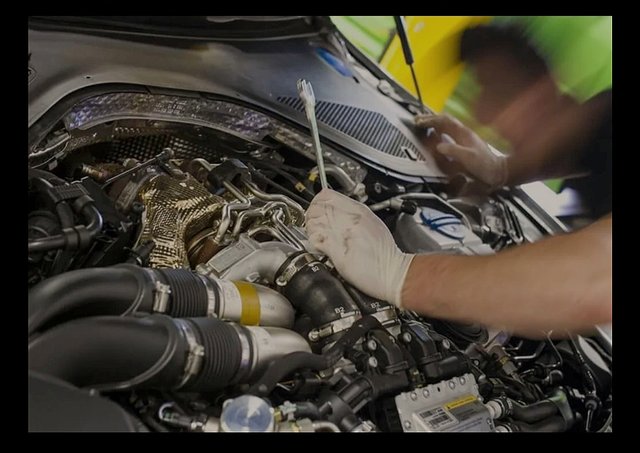BHP is roughly the horsepower of an engine in layman's terms.
Brake Horse Power is the power unit of the motor without any loss like heat and noise.
BHP determines the vehicle's acceleration and top speed.
Usually, fast cars will focus on BHP more than torque. See why they don't care much about torque when heavier vehicles want more Torque than BHP.
Putting the force simply with which something turns and, as you know, many car parts have rotational motion.
The force measurement that rotates about an axis is the torque.
The piston's thrust to the flywheel's rotation is because of the torque.
Torque determines the driving force of the vehicle, which means you can load a heavy vehicle, and it will still go at decent speeds. However, this means the cars go slower.
Effect of Torque and BHP on Car Performance:
BHP impacts the acceleration and top speed of the car, while torque affects how much load you can carry without sacrificing performance.
For example, the purpose of building the Kawasaki Ninja H2 is speed. It has 197 BHP and 13 Nm of Torque. Equating it to something like a Harley Davidson CVO is a cruiser having 107BHP and 166Nm of torque. Kawasaki, built for high speed, will undoubtedly have better acceleration and top speed than a Harley Davidson, but the latter will perform better with more pieces of luggage.
Most people know an engine's horsepower but aren't sure what torque is. Many cars that feel strong show the impact of high torque rather than high power output.
An engine producing a lot of torque over a wide rev range is comfortable to drive because fewer gear changes are required: the engine's torque is usually sufficient to accelerate the car without downshifting. A torque engine won't need to run too fast at cruising speeds because it can pull in high gears, providing an excellent economy.
Engines that make more horsepower for their size don't produce much torque, and that the direction of the torque is at higher engine speeds. The motor can also have usable torque and power over a smaller engine speed range; this narrow power range makes the engineless suitable than a torquey or lazy engine for tasks like towing. The car is a less relaxing drive.
Torque / Horsepower Balance :
Max, but torque versus weight determines acceleration. Every engine manufacturer must account for the balance between power and torque. It might affect the power-to-torque balance a bit if drivers understand the significance of torque and generalize that horsepower versus aerodynamic drag determines speed.
When a car accelerates, forces other than weight, such as aerodynamic drag, tire rolling resistance, and friction in the engine and transmission, act on it to counteract that acceleration. Forces pulled at a certain speed are equal to the car's driving force, known as torque, and there's no more excess power left for adding more acceleration.

Applications of Horsepower and Torque:
When it comes to torque versus horsepower, it's a question of application; if you try to pull a stump out of the ground, strength won't do (unless you need an extra 100 yards of rope and bounce yourself). However, if it's anything a bit sportier, power should be the way to go.
Most builders have found their balance, but sometimes they tweak the numbers a bit. Indeed, while many of us know that engines or passenger cars are inherently powerful with torque or power, very few can discern the characteristics of a standard road car.
No one can say which one is important. The concern is understanding the balance between these two factors:
Process of stimulating an engine by giving it more of one torque or the other.
The method of interaction is another important factor.
If you want to cut your car's tires, you need minimal torque, but if you're looking for ground speed records, power always wins.